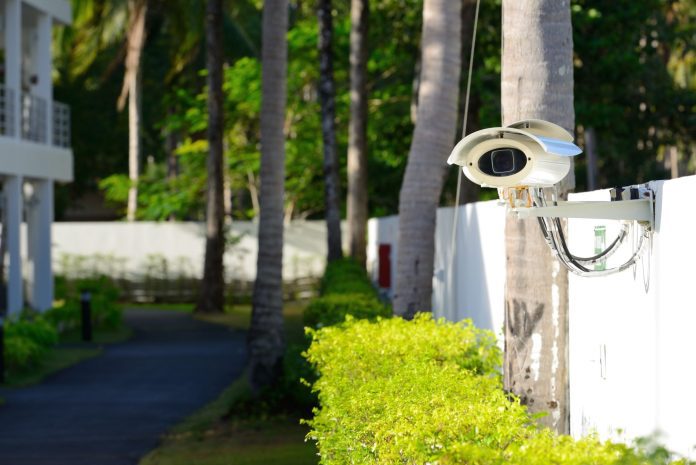Cameras as a sensor drives multiple smart city use cases
Adoption of smart city solutions is moving from limited pilot projects to larger scale implementation and, with 5G networks going live in the U.S. through the end of 2018, new types of high-bandwidth, latency-sensitive applications are opened up. Mike Zeto, AT&T’s vice president of IoT and general manager of smart cities, discussed how the operator is working with cities to create an “exchange of value” that provides benefits to both stakeholders.
In September AT&T announced a major public-private partnership with Los Angeles wherein the carrier will provision smart city services focused on traffic management, public safety and natural disaster preparedness, among other applications. In exchange, Los Angeles is making it easier for AT&T to densify its network by way of streamlined access to new wireless infrastructure sites.
“There’s something valuable in it for AT&T, there’s something valuable in it for the city and for their citizens,” Zeto said in an interview during the AT&T Business Summit in Dallas, Texas. “I think really what you’re going to see if you’re going to see AT&T and Verizon—we’re really the only two that have the ability to exchange the value. The other two [carriers] in the U.S. and the cable operators that want to do different things and the Crown Castles of the world, they don’t necessarily have the value to exchange. They can go in and they can deploy their network or their assets but they can’t necessarily exchange the value to the city past the network. That’s one area where AT&T definitely has done a really good job of developing out applications and solutions that ride on top of the network, that add the value that really makes the impact.”
He said AT&T is working to replicate the Los Angeles model. “We can take that into any city really across the country. The scale of it is different, the value exchange is different. In areas that are major cities where we need to densify the network and expedite that, we have the ability to offer more value. I think over the next six months you’ll see us announce a couple of, two or three more big names then probably a few smaller cities/towns.’
AT&T plans to deploy standards-based mobile 5G in 12 markets by the end of 2018 with more expansion on deck in 2019. Zeto discussed how smart city services can evolve in tandem with its network.
“Everybody talks about autonomous,” he said. “But past that, from a 5G perspective, I think a really interesting use case is going to be around public safety and first responders.” He gave the example of a connected ambulance kitted with the tech needed to facilitate real-time communications between ambulance operators and a trauma team at a hospital.
“The other 5G use case is going to be around video analytics–processing at the edge–anytime you can use a camera as a sensor.” He called out surveillance, police body cameras, emergency awareness and other applications.
In terms of streamlining deployment of smart city services, Zeto said it’s all about leveraging vertical assets. “Using video analytics and the camera as the IoT sensor to drive a bunch of different use cases from one device. That’s real value…multiple different use cases from that sensor leveraging edge compute.”

